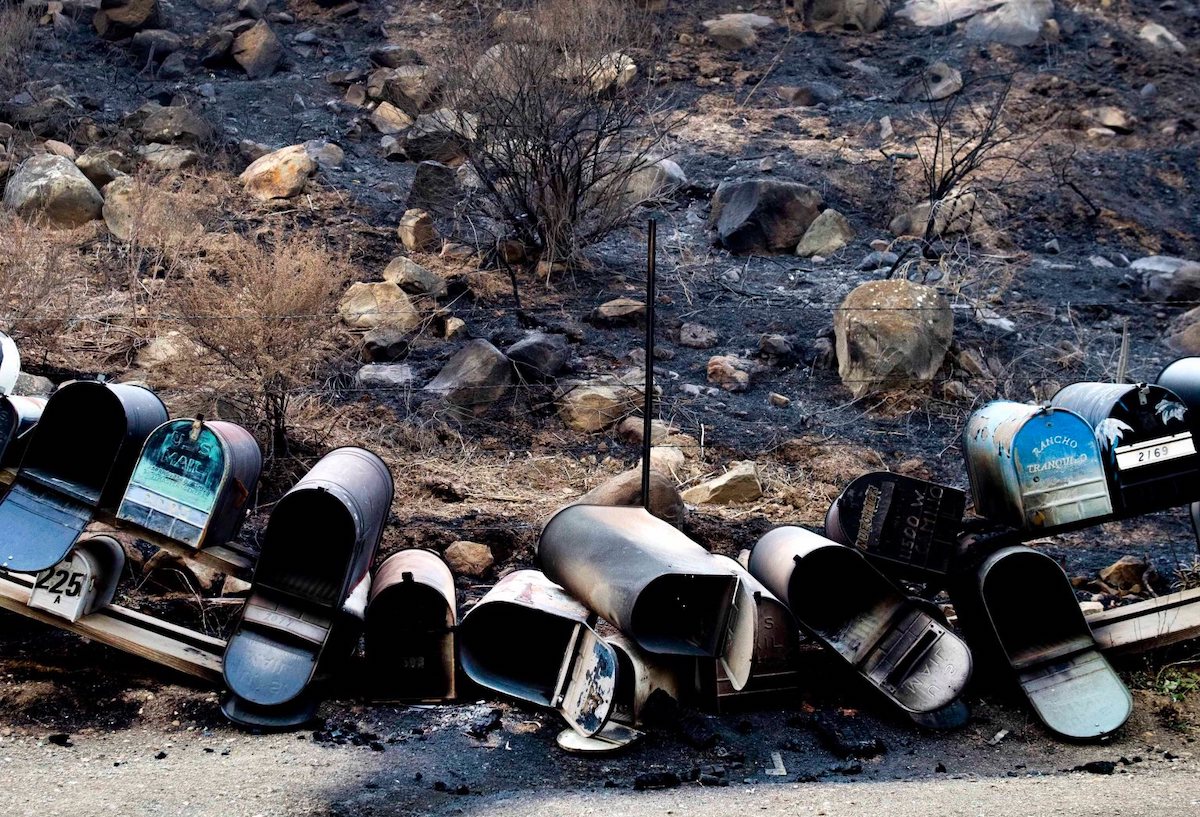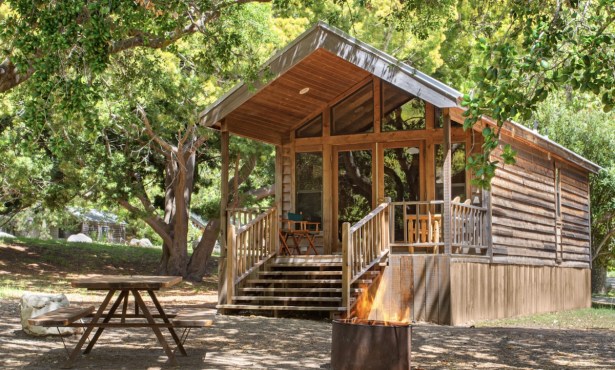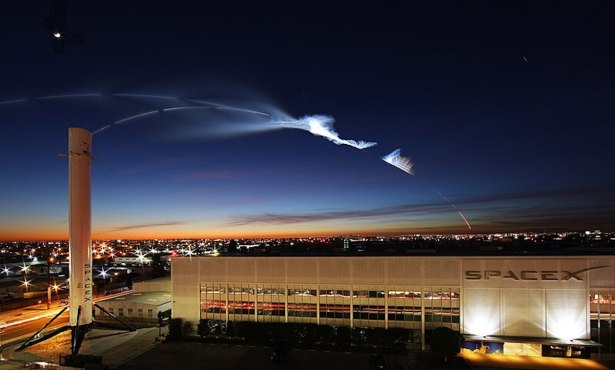UCSB Study Shows Impacts of Wildfires and Droughts on Stream Communities
U.S. Forest Service and University Researchers Find a ‘New Normal’ for Riparian Habitats

A team of researchers at UC Santa Barbara and the U.S. Forest Service have spent the past five years researching the impacts of wildfires and droughts on stream communities and the wildlife that live in these riparian habitats.
The studies were launched in the wake of the Zaca and Jesusita fires of 2007 and 2009, when the team hoped to document the effects of wildfires on the plant and animal life that rely on the waterways in the burn areas 10 years later. In the course of research, the team found that a prolonged drought in Southern California was becoming just as big a part in their findings as the wildfires, and the project morphed to study both. Scott Cooper, a research professor at UCSB, and Kristie Klose, a lead aquatic biologist at Los Padres National Forest, led the charge and co-authored the article with their findings, which appeared as the cover story in the December issue of Freshwater Science.
The scientists surveyed 30 streams in Los Padres National Forest and surrounding areas in 2016-2017 and found that the “new normal” for the area’s Mediterranean climate involves the wildlife adjusting in their own ways to the increased temperatures, frequent fires, and sparse rainfall. Their studies found that plants and animals were returning to their traditional habitats but that the ecosystem was slowly changing depending on the severity of the burn areas.
“Whether or not the riparian zone burns has many implications for riparian and stream plants and animals,” Cooper said, “where the riparian zone burns, the canopy opens up, light reaches the stream bottom, water temperatures increase, algae blooms, and many invertebrates associated with algae colonize. “
Streams where vegetation remained intact also recovered much faster than those that were severely burned, with some areas taking five or more years to recover.
Sign up for Indy Today to receive fresh news from Independent.com, in your inbox, every morning.
Though rain is sporadic, it can be dangerous following a wildfire. Landslides caused by heavy rainfall can cause big changes to the stream life. “If intense fires are followed by very intense rains, we can get debris flows that totally reconfigure streams, wipe out riparian vegetation, and switch the streams to an open system with lots of algae and associated invertebrates,” Cooper said.
Those areas of the riparian zone that remained intact acted as a refuge for wildlife, Klose explained, as found in the Davy Brown and Munch Creeks, which did not burn during the Zaca Fire and retained a dense riparian canopy. The creeks provided a much-needed refuge for endangered Southern California steelhead trout and protected California red-legged frogs, she said.
As the climate continues to change, we may be moving into an era where this may no longer be feasible, according to Klose. “In my lifetime, we’re seeing streams that were once perennial become more intermittent or even ephemeral,” she said. “As streams dry, species that require perennial water, such as the steelhead, may be extirpated unless they have surface water refuges.”
Wildfires were found to have strong short-term effects on streams, Cooper said, but typically, wildlife is able to recover quickly, whereas the slow disappearance of perennial water systems may have the largest long-term impact on the area.
“Drought can have stronger and longer-term effects because some invertebrates and fish are wiped out if they do not have refuges with perennial water,” he said.
Support the Santa Barbara Independent through a long-term or a single contribution.



